Enhancing Knowledge Sharing with Whiteboard Walls
Whiteboard walls are the perfect tools for knowledge sharing and exchanging information, thoughts, and expertise among group, class, or organization members. The process can involve conveying explicit knowledge, which is easily written down and expressed verbally, and tacit knowledge, which is gained through personal experience and is thus harder to put into words. When it comes to communicating both explicit and tacit knowledge, whiteboard walls offer unparalleled simplicity and clarity because they’re large in size, easy to read from, and readily accessible in the classroom and other parts of a school.
In this article, we’ll look at the benefits of whiteboard walls for schools vis-à-vis capturing and sharing knowledge, enhancing student interaction, promoting creative thinking, and fostering greater engagement among learners and teachers alike.
Facilitating Interactive Learning Using Whiteboard Painted Walls
As schools move away from traditional lecture-based classes, where students are typically silent and often lose interest in their lessons, educators seek new strategies that promote interactive learning online and in the classroom. One of the best ways to facilitate student-teacher communication is the use of large, engaging whiteboard walls to generate lesson content by hand in real-time.
Research shows that when teachers write by hand, students respond much more powerfully to the information being conveyed in real-time instead of having to take in fixed content prepared in advance and then relayed in a slide presentation. In contrast to conducting lessons by speaking over a series of slides, writing on whiteboard walls allows teachers to outline and elaborate on lesson material while students read and visualize the content. Since teaching in person or remotely may sometimes be hard for learners to connect with, educators can enhance engagement by presenting class content in their own handwriting while students are present.
Learners can then form groups and use the walls to interact with one another in solving math problems, generating ideas for science projects, brainstorming essay topics, analyzing poems, and the like.
The space can be transformed into a large, dynamic learning environment by applying whiteboard paint in other areas of the classroom. Thus, you “turn the tables” on students and engage everyone in the teaching and learning process. Whiteboard walls may be augmented by installing the coating on any smooth, flat surfaces in the classroom, such as activity tables, reading tables, science lab tables, the teacher’s desk, storage cabinets, and students’ desks. In this way, a myriad of areas are turned into handy blank canvases for writing down lesson material and promoting better student-teacher relations.
When multiple whiteboard painted surfaces are available, students can gather around them to collaborate. This allows them to become part of the ongoing instructional dynamic as they jot down ideas, add notes, and share their thoughts about lesson material in groups. The result will be that student-to-student bonds are strengthened, and brainstorming sessions become more vibrant, engaging, and collaborative, leading to productive teaching outcomes in any subject, from Math to language arts to history. The whiteboard painted surfaces will encourage creativity, teamwork, and improved social connections.
Promoting Creativity Using Whiteboard Walls
Whiteboard walls can significantly boost creativity in educational settings through visual idea generation. Idea generation overall may be defined as the process of creating, developing, and communicating abstract, concrete, or visual ideas. It’s the front-end component of the so-called “idea funnel,” which involves producing possible solutions to problems and opportunities for new theories. Visual ideas are the seeds from which many verbal ideas can grow. By bringing to light specific relationships, the idea funnel triggers new concepts, allowing loose bits of thought to come together through the action of viewing a graphic diagram.
On the huge surfaces of whiteboard walls, idea funnels are a snap to create. The graphic, which looks like a large funnel lying on its side, with the wide end on the left and the narrow end on the right, contains four segments with the following headings:
- Generate and collect ideas
- Refine and evaluate the ideas
- Validate and test the ideas
- Implement the chosen idea(s)
Creativity takes on a whole new dimension when such visual representations are used in the classroom. They encourage innovative thinking and problem-solving via descriptive imagery that can then be converted into new concepts in students’ minds.
Supporting Peer Learning Using Dry Erase Walls
Whiteboard walls are not just surfaces, but facilitators of peer learning. They support an educational method that helps students coalesce their acquired knowledge by teaching one another, either one-on-one or in groups. The sharing of study notes, book recommendations, and other educational resources becomes effortless when students have access to conveniently located whiteboard walls. The walls encourage easy collaboration and free communication among all class members, fostering a supportive academic atmosphere of knowledge exchange.
To facilitate peer learning, it is important to create a setting that stimulates teamwork and the open exchange of ideas. This approach may involve setting up dedicated shared spaces such as classrooms with whiteboard walls and promoting digital communication tools like discussion forums and chat rooms, thus fostering a supportive academic atmosphere of knowledge exchange.
Students respond much better to information being visualized and relayed in real-time as opposed to preloaded, stagnant facts presented in a slide format. Instead of conducting your lecture by speaking over a series of slides, install a large whiteboard wall in your teaching space and map out the contents of the day’s material for your students to view and think about. If you’re teaching virtually, it may be harder for students to connect with you directly. Still, you can make connection and engagement easier by presenting class concepts in your own handwriting in real time.
Enabling Dynamic Resource Sharing Using Whiteboard Walls
Dynamic resources are sources of information such as top-quality instructors and digital games (video and computer) that change over time based mainly on their interactions with learners. Teachers can research and identify the characteristics of these resources to improve their teaching and their students’ learning.
The characteristics of dynamic resources have been identified through research, and by writing down the descriptors of quality teachers and digital games, educators can gain insights into why these resources are effective learning tools and, in turn, improve their classroom strategies to enhance student outcomes. Whiteboard walls are ideal for this purpose, as they offer large, easily accessed places to list data and revise details on an ongoing basis when necessary.
Whiteboard walls are also effective for recording information gained from educational materials such as online courses and scholarly articles. In this way, teachers can create a large repository of knowledge that is available to all visitors, including students and other teachers.
Serving as a Versatile Communication Platform
Announcing school events, seeking volunteers for charitable activities, and sharing academic community news are cinch when you have access to vast, open-ended whiteboard walls in classrooms and public spaces such as cafeterias, teachers’ break rooms, and sports team locker rooms. The walls can enhance overall communication and interaction among members of the school population by allowing everyone to easily post and revise information on topics of interest to their peers and others.
Curating User-Generated Content Using Whiteboard Painted Walls
Curating user-generated content (UGC) involves uncovering, managing, and sharing relevant content produced by individuals or communities. UGC can be a powerful device for schools, helping to build student engagement and community awareness about issues of importance to students, the faculty, the administration, and the broader community.
With whiteboard walls installed around the school, collecting diverse perspectives and fostering user-generated content couldn’t be easier. With their convenience and open, inviting nature, the walls encourage members of the school community to contribute and share their thoughts, which may later be curated to address specific timely topics, such as student council elections, environmental awareness, and animal rights. In this way, whiteboard walls become essential tools for enhancing the overall quality of a school’s character and day-to-day operations.
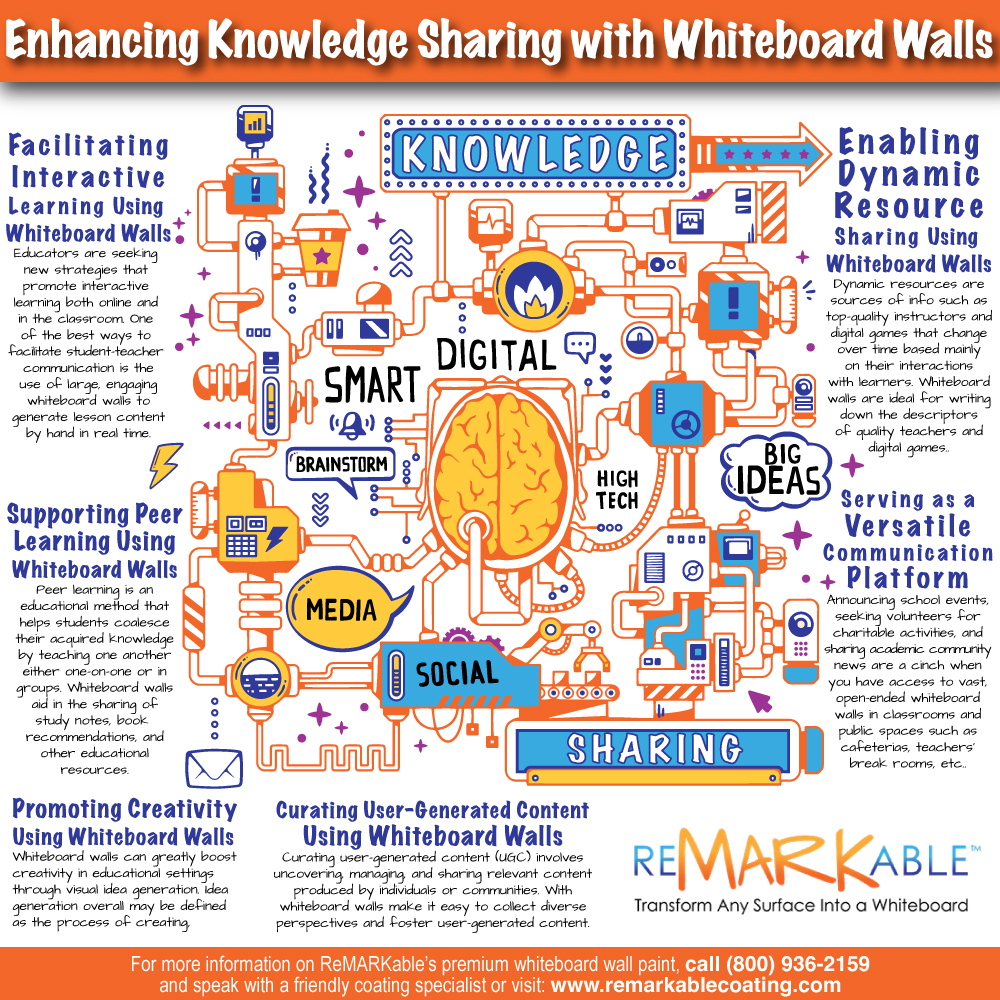

























































































![ReMARKable’s Winter Sale is Here! [25% Off + Free Shipping]](https://www.remarkablecoating.com/wp-content/uploads/2018/01/Red-Tag-Winter-Fashion-Facebook-Post-1-440x264.png)















![Drive Your Organization Into Openness and Watch it Expand [20% Off Whiteboard Paint]](https://www.remarkablecoating.com/wp-content/uploads/2016/04/Drive-Your-Organization-Into-Openness-and-Watch-It-Expand.-1-440x264.jpg)

![30% Off St Patrick’s Day Sale! [Details Inside]](https://www.remarkablecoating.com/wp-content/uploads/2016/03/Glorious-1-440x264.png)


![Giant Leaps Forward Require Big Spaces. [Leap Year Sale Event!]](https://www.remarkablecoating.com/wp-content/uploads/2016/02/Giant-Leaps-ForwardRequire-Big-Spaces-440x264.jpg)

















![ReMARKable Summer Sale 2018 [28% Off Whiteboard Paint]](https://www.remarkablecoating.com/wp-content/uploads/2018/06/Blue-Simple-Line-Beach-Facebook-Post-1-440x264.png)







































































































































































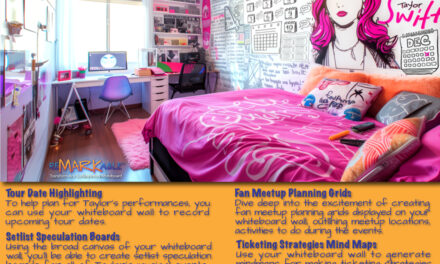
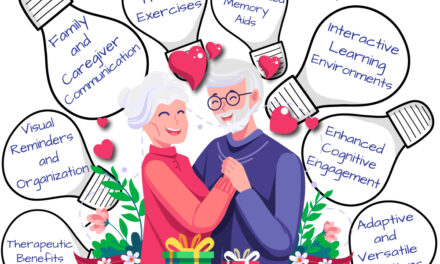
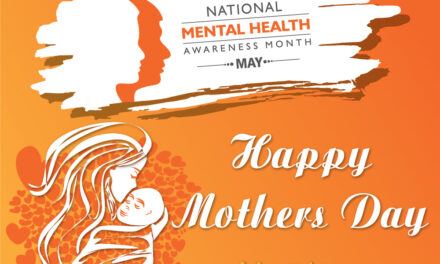
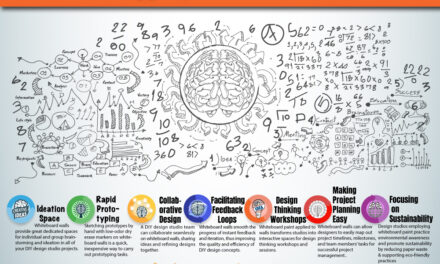
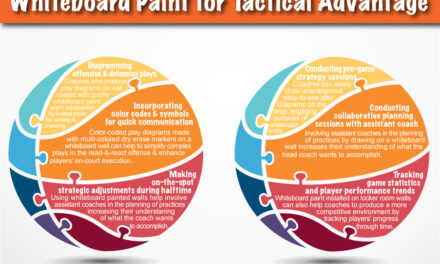
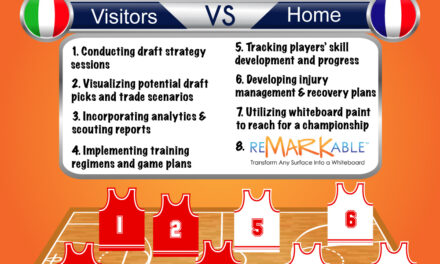


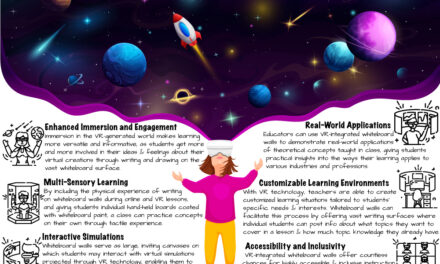
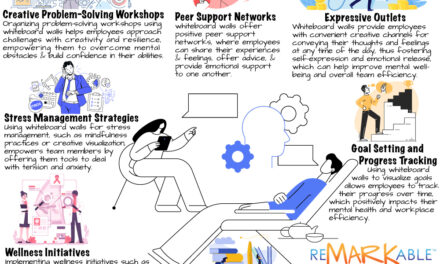
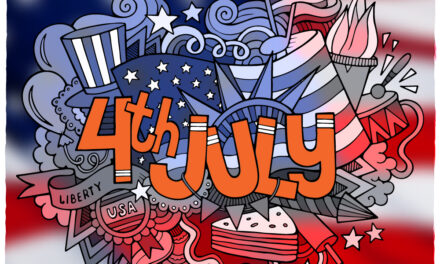
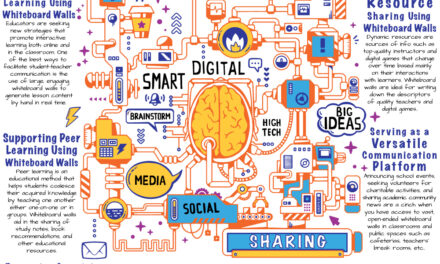
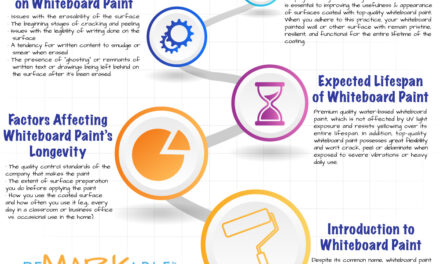
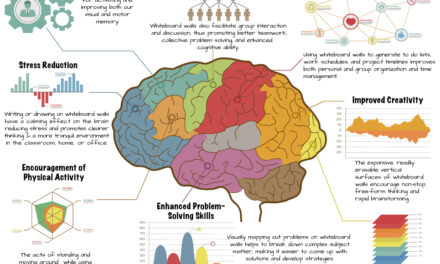
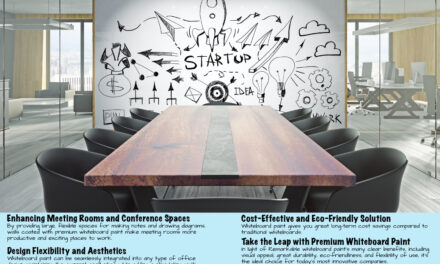
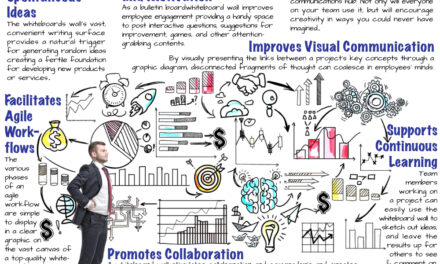
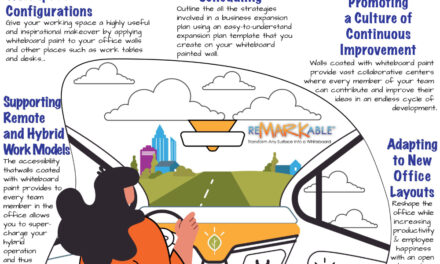
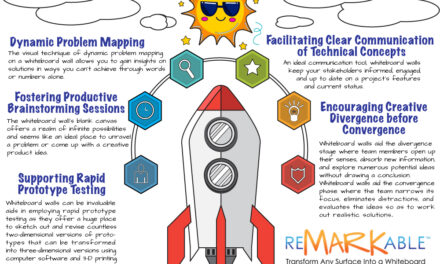
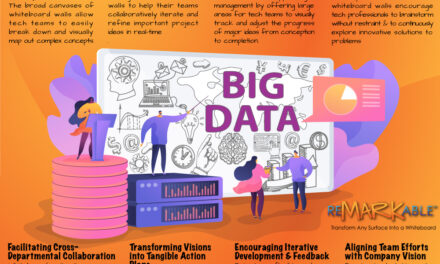
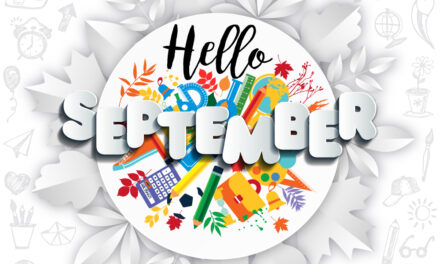















0 Comments